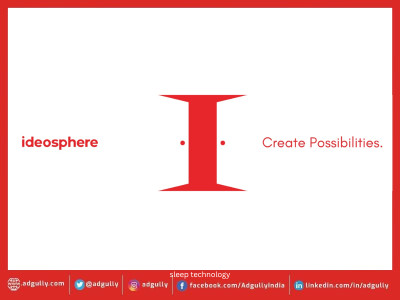News is the biggest spender of programmatic video in India in Q1 2020: Inmobi
Inmobi has explored the state of programmatic video advertising across India, Southeast Asia and Australia-New Zealand in its latest report and highlights the change in advertiser spends and the performance of video as a format. The report captures data from April 2019 to March 2020.
According to the report, the average time spent engaging with video on mobile devices is 84 minutes per day in the Asia-Pacific region.
In India, programmatic video is still picking up. News is the biggest spender of programmatic video in India in Q1 2020. Meanwhile, shopping category spends increased by 28 per cent, while music and audio, health and fitness, and education grew by 500 per cent.
Mobile video ads are seen to deliver the highest engagement, with vertical videos witnessing a higher clickthrough rate (CTR) at +490 per cent. However, horizontal format videos still account for the majority of spends at 72 per cent. Landscape videos are the preferred format for Indian advertisers. The Inmobi report reveals that advertisers in Entertainment and Finance categories spend almost equally on horizontal and vertical videos.
Given the high CTR, Inmobi envisages that vertical video could emerge as the clear favourite video, being superior to other formats and with 4.5 times higher engagement. While the spend on vertical videos is lower, the impact driven is higher at 7.6 times the engagement when compared to banners and 2.3 times the engagement when compared to landscape videos. Engagement on vertical videos has increased by 51 per cent over the last year as more and more advertisers invest in building truly mobile-first video assets, thereby delivering a better video viewing experience. Vertical video has seen a 3.6X higher growth in comparison to video overall in the last one year.
Why In-App Programmatic Matters
Inmobi maintains that In-App scores better than mobile web on brand safety, fraud and viewability.
In-App advertising is more brand safe than most social networks and news sites and apps
Most app experiences provide predictable, curated content to users, which make them much more brand-safe than content dynamic in nature – like most news and social sites.
In-App inventory is not prone to more fraud or suspicious traffic than web
In-App and Web inventory are equally prone to fraud, but certain types of fraud are more common in some environments than others. For example, bot traffic (non-human traffic) is much more common in desktop and mobile web inventory as app environments are more secure. App misrepresentation is more common in apps, but has been tackled by appads.txt, an IAB initiative that helps prevent unauthorised or domain-spoofed app inventory.
In-App ads are measurable, and score higher on viewability than desktop and mobile web
Several In-App viewability solutions exist and are easy to integrate, thanks to the IAB’s Open Measurement SDK standard for In-App viewability. In-App ad placements are typically above-the-fold and have better viewability than desktop and mobile web.
In-App ads help advertisers hit their KPIs at scale
With the target audience spending 90 per cent of their time on apps, combined with the variety of targeting strategies available on In-App advertising, helps advertisers hit their KPIs at scale.
In-App ads are perfectly compliant with all regulations
Players in the In-App ecosystem (publishers, SSPs, DSPs) work with IAB to adhere to all privacy regulations, even as they evolve over time, just like mobile web and desktop.


















Share
Facebook
YouTube
Tweet
Twitter
LinkedIn